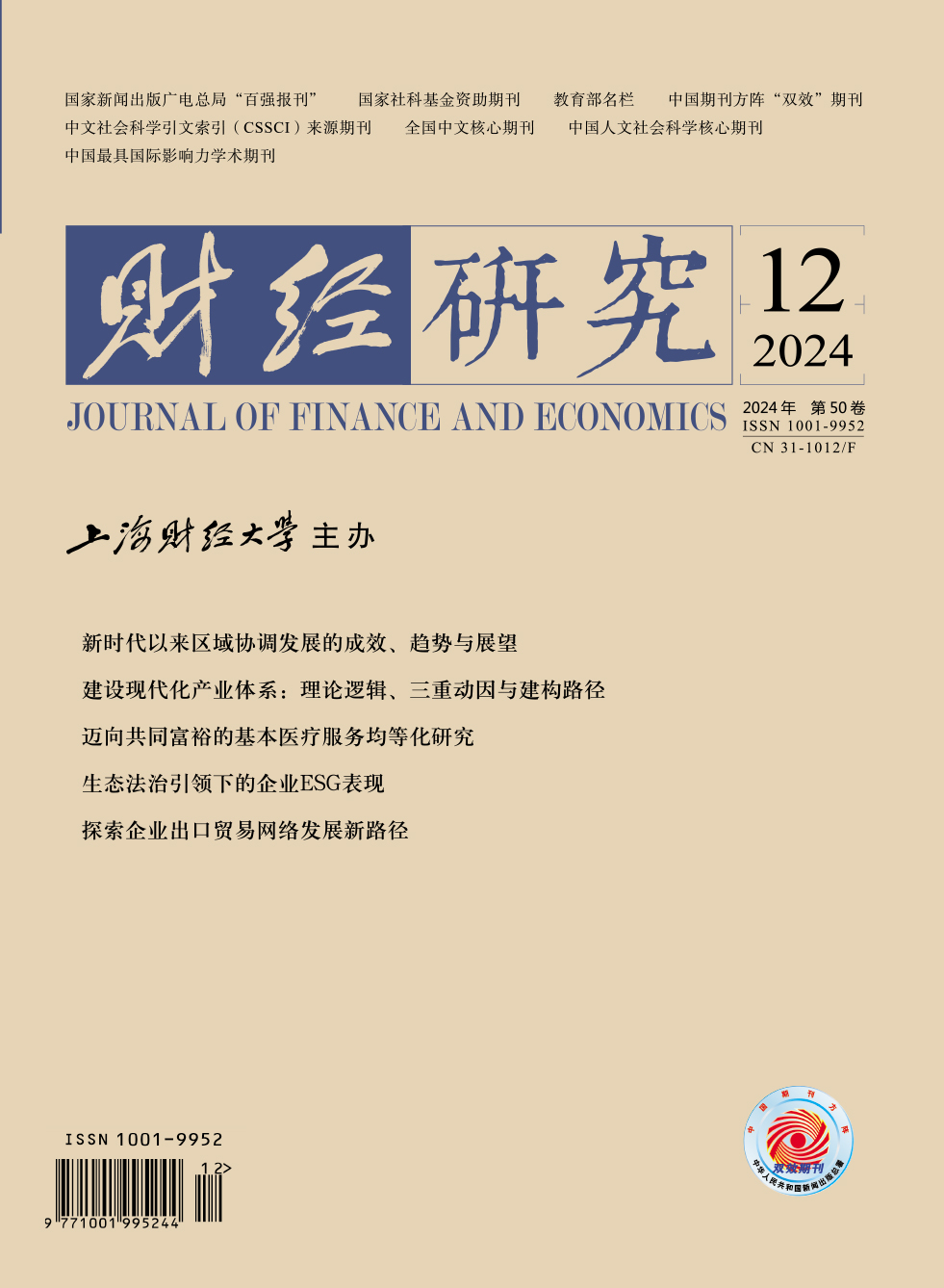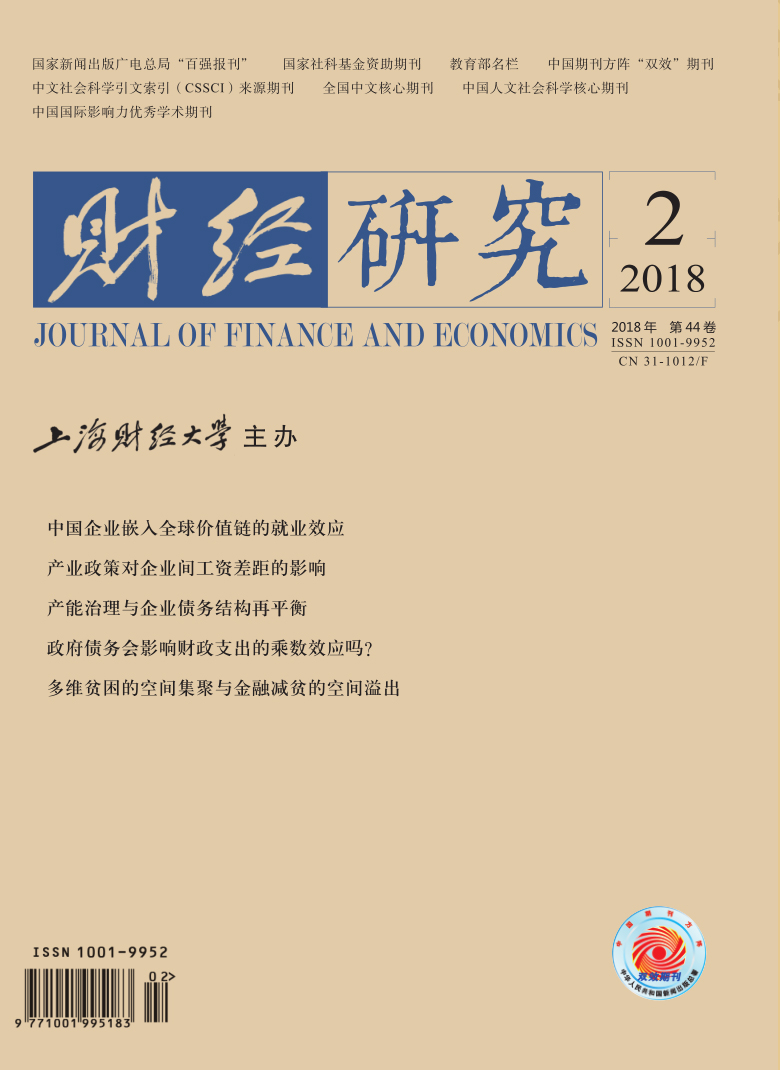Previous studies have documented that information asymmetry and agency problem are the most important factors that can lead to stock price crash risk. While the supervision of stakeholders such as analysts, institutional investors and creditors can effectively reduce a firm’s stock price crash risk. Specially, as one of the firms’ important stakeholders, the customers can exert the corporate governance effect and help to reduce their supplier firms’ stock price crash risk. However, none of the existing studies has focus on the impact of certain specific characteristics of a customer on its supplier firm’s stock price crash risk. Based on customer-supplier relationship chain, this paper examines whether stock price crash risk of a customer can spread to its supplier firm owing to close economic correlation from an external perspective. Because of the existence of the relationship as an interest community between suppliers and customers, a customer and its supplier rarely stand or fall alone; when a customer has the stock price crash risk, the crash risk may spread to its supplier, which we call the contagion effect along the supply chain. Specially, when the supplier’s own corporate governance is poor or information asymmetry is serious, a customer’s stock price crash risk can easily become the last straw that will lead to a death of a camel, that is to say, when the supplier’s healthy is poor, the contagion effect will be more significant. What’s more, we further analyze how the close degree of a customer and its supplier can influence the contagion effect. We expect that closer relation will lead to stronger contagion effect. Due to closer relation, a customer or its supplier will be more difficult to change their trading object because of highly switching cost. Using a special database that both a customer and its supplier along the supply chain are listed companies, we explore the contagion effect through the supply chain based on customer stock price crash risk. It comes to the following conclusions: firstly, there is no synchronicity between a customer’s crash risk and its supplier’ concurrent stock price crash risk, but stock price crash risk of a customer is positively related with the stock price crash risk of its supplier in the following year, which means that there exists contagion effect along the supply chain. What’s more, this contagion effect only exists when the supplier’s own stock price crash risk is higher. Secondly, when a customer highly relies on its supplier or a supplier highly relies on its customer, or one firm has much proprietary investment, or the relationship between them are more stable or benign, the contagion effect is stronger. Its contributions may lie in the following three aspects: firstly, many studies investigate the contagion effect between two firms that are in the same industry or are link up by a third party, and few of them are based on contagion through a supply chain, so our study may provide a new setting on the literature of contagion effect. Secondly, the mainstream literature considers that internal factors like hiding bad information and poor corporate governance are the main factors leading to stock price crash risk. This paper shows that a customer’s stock price crash risk as an external factor can also lead to its supplier firm’s stock price crash risk, thereby helping to enrich the literature of stock price crash risk. Thirdly, most of the existing literature focuses on how customer concentration affects the supply firm’s performance; based on a special supply chain, we examine the contagion effect of customer stock price crash risk on its supplier, providing new insight into economic consequences of customer-supplier relationship and helping to enrich the literature of customer-supplier relationship.
 / Journals / Journal of Finance and Economics
/ Journals / Journal of Finance and EconomicsJournal of Finance and Economics
LiuYuanchun, Editor-in-Chief
ZhengChunrong, Vice Executive Editor-in-Chief
YaoLan BaoXiaohua HuangJun, Vice Editor-in-Chief
Does Customer Stock Price Crash Risk Have the Contagion Effects on Their Suppliers?
Journal of Finance and Economics Vol. 44, Issue 02, pp. 141 - 153 (2018) DOI:10.16538/j.cnki.jfe.2018.02.011
Summary
References
Summary
[1]Chen S, Jiang G, Li W, et al. Can the governance involvement of state-owned companies’ disciplinary commission effectively inhabit the managers’ private benefits?[J]. Economic Research Journal, 2014, (10): 139-151. (in Chinese)
[2]Chu J, Fang J. Does customer concentration raise or reduce firm’s crash risk[J]. Economic Theory and Business Management, 2016, (7): 44-57. (in Chinese)
[3]Li X, Hu S, Wang J. Over-financing, institutional investor and crash risk[J]. Journal of Accounting and Economics, 2016, (1): 78-89. (in Chinese)
[4]Li X, Zhang R, Dong H. Debt lawsuit and stock price crash risk[J]. China Accounting Review, 2014, (2): 133-158. (in Chinese)
[5]Li Z, Qin Y. Earnings management and executives’ compensation contracts in the macroeconomic fluctuations[J]. Journal of Finance and Economics, 2016, (12): 131-141. (in Chinese)
[6]Pan Y, Dai Y, Lin C. Information opacity, analysts’ attention and firm’s crash risk[J]. Journal of Financial Research, 2011, (9): 138-151. (in Chinese)
[7]Peng X, Wang X. Can customer information disclosure reduce supplier’s stock price crash risk?[J]. Journal of Shangxi University of Finance and Economics, 2016, (5): 69-79. (in Chinese)
[8]Wang X, Gao K. Customer-based concentration and bond yield spread in secondary market[J]. Journal of Financial Research, 2017, (1): 130-144. (in Chinese)
[9]Wang X, Gao X. Do the customers’ annual earnings announcements have the contagion effect to suppliers within supply chain?[J]. Journal of Zhongnan University of Economics and Law, 2017, (3): 3-13. (in Chinese)
[10]Xie S, Tao R. Delay on scheduled annual report disclosure, analysts coverage and the collapse of stock price[J]. Journal of Accounting and Economics, 2017, (1): 3-19. (in Chinese)
[11]Xu N, Jiang X, Yi Z, et al. Conflicts of interest, analyst optimism and stock price crash risk[J]. Economic Research Journal, 2012, (7): 127-140. (in Chinese)
[12]An H, Zhang T. Stock price synchronicity, crash risk, and institutional investors[J]. Journal of Corporate Finance, 2013, 21: 1-15. DOI:10.1016/j.jcorpfin.2013.01.001
[13]Banerjee S, Dasgupta S, Kim Y. Buyer-supplier relationships and the stakeholder theory of capital structure[J]. Journal of Finance, 2008, 63(5): 2507-2552. DOI:10.1111/j.1540-6261.2008.01403.x
[14]Callen J L, Fang X. Institutional investor stability and crash risk: Monitoring versus short-termism?[J]. Journal of Banking & Finance, 2013, 37(8): 3047-3063.
[15]Chen J, Hong H, Stein J C. Forecasting crashes: Trading volume, past returns, and conditional skewness in stock prices[J]. Journal of Financial Economics, 2001, 61(3): 345-381. DOI:10.1016/S0304-405X(01)00066-6
[16]Cohen L, Frazzini A. Economic links and predictable returns[J]. The Journal of Finance, 2008, 63(4): 1977-2011. DOI:10.1111/j.1540-6261.2008.01379.x
[17]Francis J R, Michas P N. The contagion effect of low-quality audits[J]. The Accounting Review, 2013, 88(2): 521-552. DOI:10.2308/accr-50322
[18]Garleanu N, Panageas S, Yu J. Financial entanglement: A theory of incomplete integration, leverage, crashes, and contagion[J]. American Economic Review, 2015, 105(7): 1979-2010. DOI:10.1257/aer.20131076
[19]Gleason C A, Jenkins N T, Johnson W B. The contagion effects of accounting restatements[J]. The Accounting Review, 2008, 83(1): 83-110. DOI:10.2308/accr.2008.83.1.83
[20]Gosman M, Kelly T, Olsson P. The profitability and pricing of major customers[J]. Review of Accounting Studies, 2004, 9(1): 117-139. DOI:10.1023/B:RAST.0000013631.48714.c1
[21]Hertzel M, Li Z, Officer M. Inter-firm linkages and the wealth effects of financial distress along the supply chain[J]. Journal of Financial Economics, 2008, 87(2): 374-387. DOI:10.1016/j.jfineco.2007.01.005
[22]Itzkowitz J. Customers and cash: How relationships affect suppliers’ cash holdings[J]. Journal of Corporate Finance, 2013, 19: 159-180. DOI:10.1016/j.jcorpfin.2012.10.005
[23]Jin L, Myers S C. R2 around the world: New theory and new tests[R]. NBER Working Paper, 2006.
[24]Kim J-B, Li Y, Zhang L. CFOs versus CEOs: Equity incentives and crashes[J]. Journal of Financial Economics, 2011a, 101(3): 713-730. DOI:10.1016/j.jfineco.2011.03.013
[25]Kim J-B, Li Y, Zhang L. Corporate tax avoidance and stock price crash risk: Firm-level analysis[J]. Journal of Financial Economics, 2011b, 100(3): 639-662. DOI:10.1016/j.jfineco.2010.07.007
[26]Kim J-B, Song Y, Zhang Y. Earnings performance of major customers and bank loan contracting with suppliers[J]. Journal of Banking & Finance, 2015, 59: 384-398.
[27]Kim J-B, Zhang L. Accounting conservatism and stock price crash risk: Firm-level evidence[J]. Contemporary Accounting Research, 2016, 33(1): 412-441. DOI:10.1111/care.2016.33.issue-1
[28]Mistrulli P E. Assessing financial contagion in the interbank market: Maximum entropy versus observed interbank lending patterns[J]. Journal of Banking & Finance, 2011, 35(5): 1114-1127.
[29]Oh F D. Contagion of a liquidity crisis between two firms[J]. Journal of Financial Economics, 2013, 107(2): 386-400. DOI:10.1016/j.jfineco.2012.08.018
[30]Olsen C, Dietrich J R. Vertical information transfers: The association between retailers’ sales announcements and suppliers’ security returns[J]. Journal of Accounting Research, 1985, 23: 144-166. DOI:10.2307/2490695
[31]Pandit S, Wasley C E, Zach T. Information externalities along the supply chain: The economic determinants of suppliers’ stock price reaction to their customers’ earnings announcements[J]. Contemporary Accounting Research, 2011, 28(4): 1304-1343. DOI:10.1111/j.1911-3846.2011.01092.x
[32]Patatoukas P N. Customer-base concentration: Implications for firm performance and capital markets[J]. The Accounting Review, 2012, 87(2): 363-392. DOI:10.2308/accr-10198
[33]Raman K, Shahrur H. Relationship-specific investments and earnings management: Evidence on corporate suppliers and customers[J]. The Accounting Review, 2008, 83(4): 1041-1081. DOI:10.2308/accr.2008.83.4.1041
[34]Titman S, Wessels R. The determinants of capital structure choice[J]. Journal of Finance, 1988, 43(1): 1-19. DOI:10.1111/j.1540-6261.1988.tb02585.x
[35]Ute S. Buyer structure and seller performance in US manufactural industries[J]. The Review of Economics and Statistics, 1991, 73(2): 277-284. DOI:10.2307/2109518
[36]Wang J. Do firms’relationships with principal customers/suppliers affect shareholders’ income?[J]. Journal of Corporate Finance, 2012, 18(4): 860-878. DOI:10.1016/j.jcorpfin.2012.06.007
[37]Xu N, Li X, Yuan Q. Excess perks and stock price crash risk: Evidence from China[J]. Journal of Corporate Finance, 2014, 25: 419-434. DOI:10.1016/j.jcorpfin.2014.01.006
Cite this article
Peng Xuan, Wang Xiongyuan. Does Customer Stock Price Crash Risk Have the Contagion Effects on Their Suppliers?[J]. Journal of Finance and Economics, 2018, 44(2): 141–153.
Export Citations as:
For
ISSUE COVER
RELATED ARTICLES




 10989
10989  6852
6852

